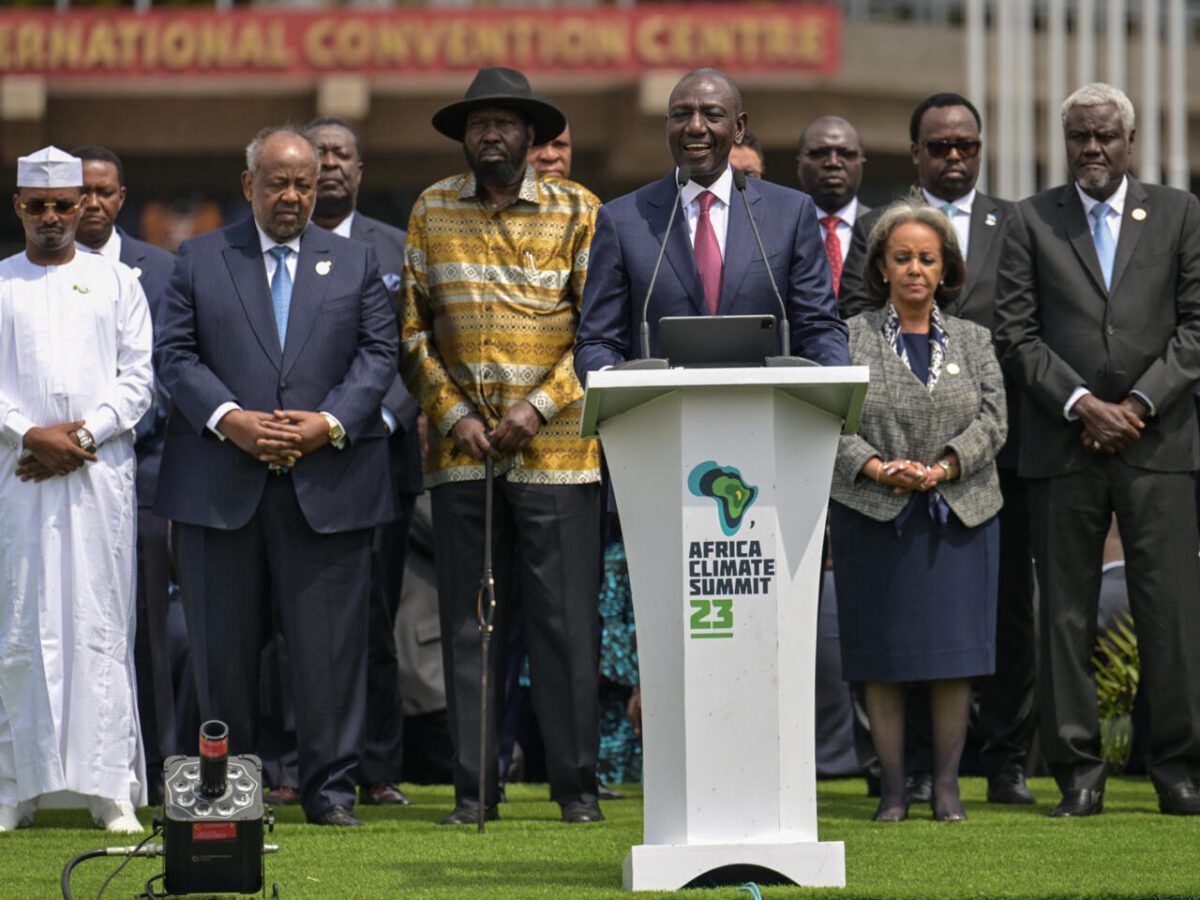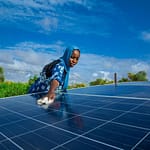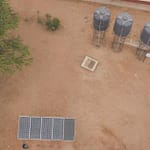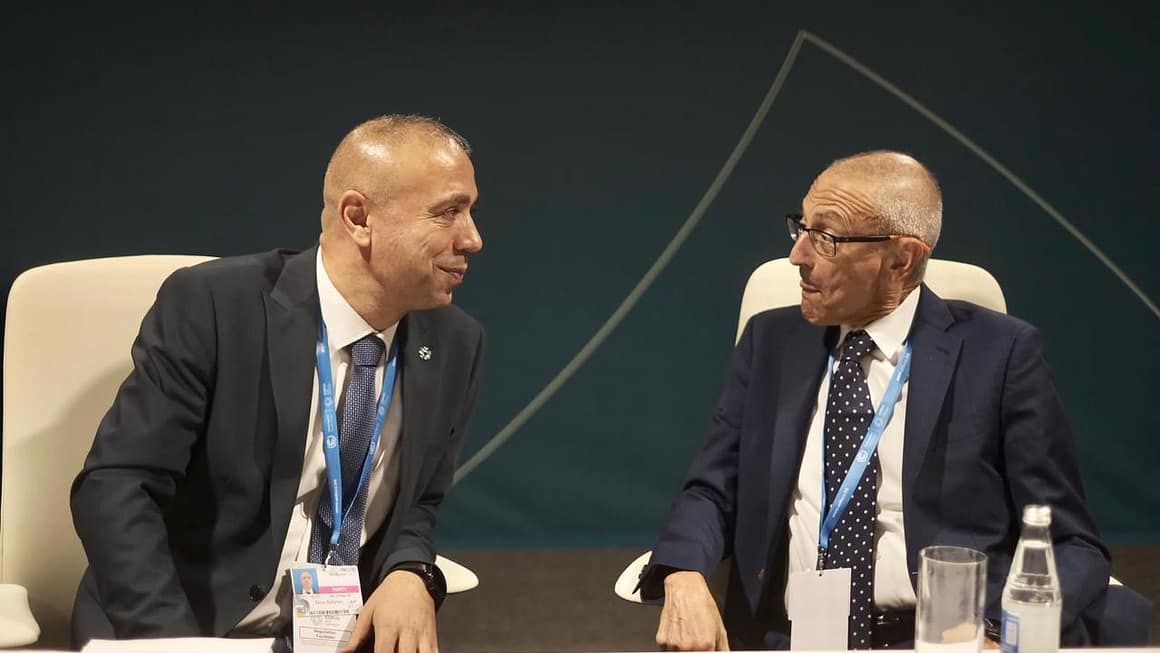In a world grappling with the pressing issue of climate change, the continent of Africa stands at a critical crossroads. Despite contributing less than 4% to global greenhouse gas emissions, African nations bear the brunt of its devastating impacts, including floods, droughts, and heatwaves. The need for climate finance to adapt and mitigate these challenges is more urgent than ever.
Africa’s difficulty is underscored by a stark reality: the region has received a limited share of climate finance. Climate funds globally have swelled to $35 billion, but only $11 billion has been disbursed. Sub-Saharan Africa, with its diverse set of countries, has seen only $3 billion in disbursements. This, despite the continent’s estimated requirement of $2.8 trillion in climate finance from 2020 to 2030.
Read also: Africa Climate Summit concludes with $23 Billion in Pledges for a Greener Future
A beacon of hope emerged at the first-ever Africa Climate Summit in Kenya, where pledges totaling $23 billion were made. This marks a significant step as Africa aims to attend future climate conferences with a unified voice.
In 2009, the world set a target to mobilize $100 billion annually in climate finance from developed to developing countries by 2020. The deadline was extended to 2025, but to date, only $80 billion of the commitment has been met. Africa received a mere $20 billion from 2016 to 2019, despite being home to eight of the world’s ten most vulnerable countries.

A Continent in Transition
Africa is at a pivotal developmental stage, poised for industrialization and growth. However, how it develops will significantly impact future emissions. Africa’s energy use is projected to surge as nations like Nigeria set ambitious energy transition goals.
To secure a sustainable future, African countries must identify bankable green projects and access climate finance for low-carbon, climate-resilient growth. This approach is an opportunity to leapfrog past the environmental mistakes of major polluters.
Several multilateral climate funds, including the Green Climate Fund, Least Developed Countries Fund, Global Environment Facility, and the Clean Technology Fund, have been directing climate finance to the region. These funds have approved $6.6 billion for 900 projects and programs in Sub-Saharan Africa since 2003, with 37% allocated for adaptation measures.
The Global Commission on Adaptation warns that climate change’s impacts in Africa are “locked in” for the next 20 years. Thus, only adaptation investments can address the short-term impacts, while early strategic mitigation investments are crucial to avoid long-term temperature rise.
Africa’s need for adaptation finance is evident. The region is facing more frequent and severe climate-related events, and adaptation measures are essential to safeguard people and economies. Investments in adaptation not only combat the immediate climate crisis but also alleviate poverty, hunger, inequality, and social injustices, while creating green jobs and reducing the risk of conflict.
Furthermore, adaptation finance helps to prevent costly “complex disaster relief efforts” after extensive damage has occurred, which could strain development finance institutions.
However, the current flow of adaptation finance to Africa is insufficient to meet the continent’s adaptation needs. More significant efforts are required to close the financing gap, especially given the potential long-term benefits for both the environment and society.
Africa’s adaptation finance needs are urgent and substantial. The continent’s potential for sustainable growth hinges on securing adequate climate finance. As Africa rises to meet the climate challenge, the world must heed its call and ensure that the funds needed to adapt to the changing climate are not only pledged but delivered. The future of Africa, and indeed the planet, depends on it.
Edited by Samwel Eviator
Subscribe to LIDA NETWORK












